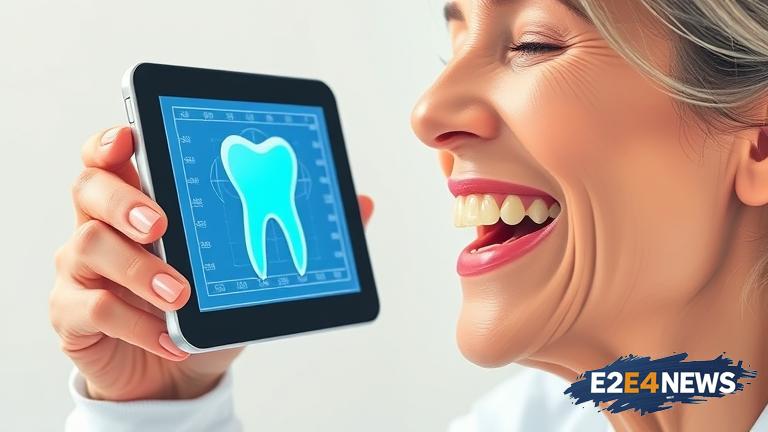The world’s population is aging, and this demographic shift is having a significant impact on the healthcare system, including dental care. As people live longer, they are more likely to experience age-related oral health issues, such as tooth loss, gum disease, and dry mouth. Traditional dental care models are often inadequate to meet the unique needs of this population, which is why digital solutions are being developed to tackle these challenges. One of the key advantages of digital solutions is that they can increase access to dental care for older adults, particularly those living in rural or remote areas. Telemedicine, for example, allows patients to consult with dentists remotely, reducing the need for travel and improving convenience. Artificial intelligence (AI) is also being used to analyze dental images and diagnose oral health issues more accurately and efficiently. Additionally, digital platforms can facilitate communication between patients, dentists, and other healthcare providers, ensuring that care is coordinated and comprehensive. Another benefit of digital solutions is that they can help improve patient engagement and empowerment. Mobile apps, for instance, can educate patients about oral health, remind them to brush and floss, and track their progress. Furthermore, digital solutions can enhance the efficiency of dental practices, streamlining administrative tasks and reducing paperwork. This can lead to cost savings and improved productivity, allowing dentists to focus on providing high-quality care. Moreover, digital solutions can facilitate the development of personalized treatment plans, taking into account a patient’s unique needs, medical history, and lifestyle. This approach can lead to better health outcomes and increased patient satisfaction. The use of digital solutions in dental care is not without its challenges, however. One of the main concerns is data security and privacy, as sensitive patient information must be protected. Moreover, there may be issues related to accessibility and equity, as not all older adults have access to digital technologies or the skills to use them effectively. Despite these challenges, the potential benefits of digital solutions in dental care are significant, and they are likely to play an increasingly important role in the future. As the population continues to age, it is essential that dental care systems adapt to meet the unique needs of this demographic. By leveraging digital solutions, we can improve access, efficiency, and patient outcomes, ultimately enhancing the overall quality of life for older adults. The development and implementation of digital solutions in dental care require a multidisciplinary approach, involving dentists, healthcare professionals, technologists, and policymakers. Collaboration and knowledge-sharing are essential to ensure that digital solutions are effective, sustainable, and equitable. In conclusion, digital solutions have the potential to revolutionize dental care for the aging population, addressing the complex challenges associated with age-related oral health issues. By harnessing the power of technology, we can create a more patient-centered, efficient, and effective dental care system that meets the unique needs of this demographic. The future of dental care is digital, and it is essential that we embrace this shift to improve the health and well-being of older adults. With the right approach, digital solutions can help address the oral health disparities faced by this population, ensuring that they receive the high-quality care they deserve. As we move forward, it is crucial that we prioritize the development and implementation of digital solutions that are tailored to the needs of older adults, taking into account their unique experiences, challenges, and preferences.





